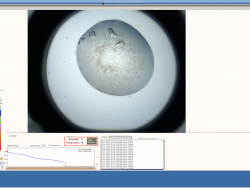USP Zf-UBD Crystallography Pipeline
X-ray crystallography is a tool used for the structural determination of proteins and biological molecules. My specific project focuses on the zinc finger ubiquitin binding domain (Zf-UBD) of USP5; however, USP5 is just one of many USPs that contain a Zf-UBD. Table 1 shows a list of the USP Zf-UBDs and their available structures in Read More …

